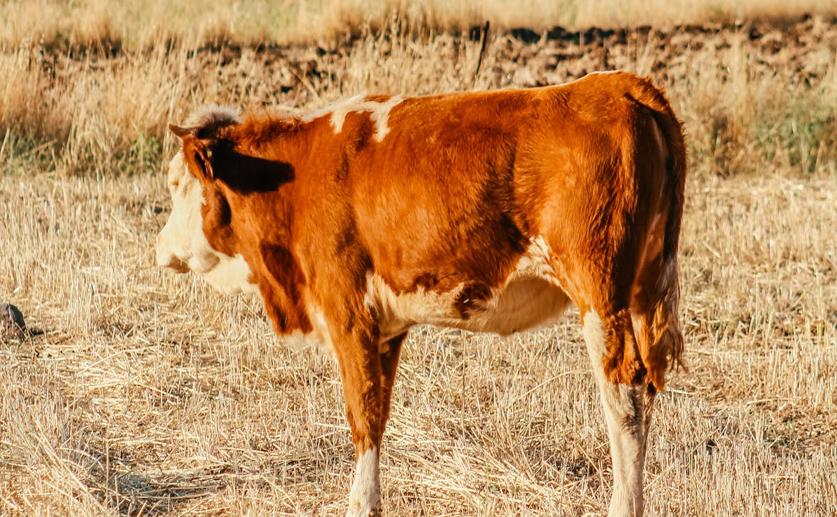
Aflatoxins in Cattle Feed and Risk to Milk Safety
Jim Crocker
18th April, 2024

Key Findings
- In Dar es Salaam, Tanzania, 78% of cattle feed samples contained harmful aflatoxins above safe levels
- Aflatoxin B1 in feed can transform into aflatoxin M1 in cow's milk, posing health risks to humans
- Estimated transfer of aflatoxins from feed to milk ranged from 1.2% to 1.7%, exceeding international safety thresholds
References
Main Study
1) Aflatoxins in cattle concentrate feed and potential carry-over of aflatoxin B1 into milk in Dar es Salaam, Tanzania
Published 16th April, 2024
https://doi.org/10.1007/s44279-024-00018-1
Related Studies
2) Aflatoxins in Feed: Types, Metabolism, Health Consequences in Swine and Mitigation Strategies.
3) Field Monitoring of Aflatoxins in Feed and Milk of High-Yielding Dairy Cows under Two Feeding Systems.
4) The aflatoxin situation in Africa: Systematic literature review.
5) GR-mediated transcriptional regulation of m6A metabolic genes contributes to diet-induced fatty liver in hens.



 24th March, 2024 | Jim Crocker
24th March, 2024 | Jim Crocker